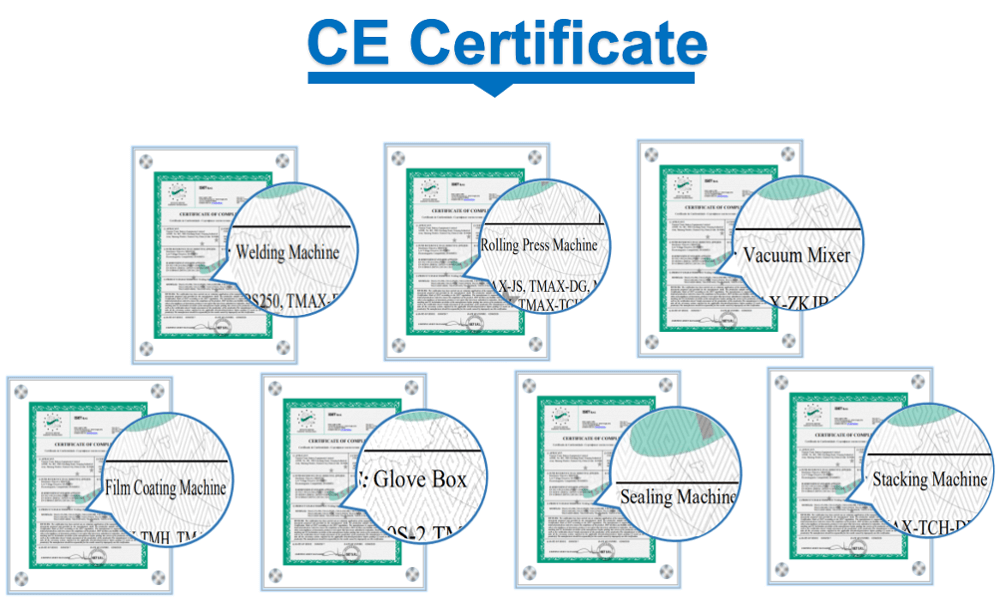Bet Surface Area Analyzer Porosimeter Price Analysis Instrument

Product Description
a. Model: BSD-PM1/2
b. Test function: specific surface area, pore structure and other gas adsorption performance evaluation
c. Adsorbent types: various non-corrosive gas tests
d. Test range: specific surface area above 0.0001㎡/g, pore diameter 0.35-500nm
e. Number of analysis bits: 1/2 set analysis bits
Technical Parameter
|
Test Function |
Evaluation of specific surface area, pore structure and other gas adsorption properties |
|
|
Adsorbate Type |
Various non-corrosive gas tests |
|
|
Testing Range |
The specific surface area is more than 0.0001㎡/g, and the pore size is 0.35-500nm |
|
|
Number of Analysis Bits |
1/2 Set analysis bit |
|
|
Number of Degassing Stations |
2 Sets pre-processing stations |
|
|
Independence |
The testing system and degassing system are independent of each other, and the sample testing process and degassing treatment can be carried out at the same time. |
|
|
Test Accuracy |
Specific surface area≤±1.0%, the most probable pore size repeat deviation≤0.02nm, true density≤±0.04%, external surface area≤±1.5. |
|
|
Independent P0 station |
Independent spiral saturated vapor pressure (P0) test station with patented technology to ensure high accuracy of partial pressure test. |
|
|
Temperature Programmed Degassing |
Software controlled temperature program, room temperature -400℃, accuracy better than 0.1℃. |
|
|
Ultimate Vacuum
|
PS series |
Original imported (Atlas copco, former British Edward) two-stage mechanical vacuum pump, vacuum degree 4*10-2 Pa |
|
PM series |
1 Set German Edwards original imported turbomolecular pump + 2 Set original imported mechanical pump, P/P0 as low as 10-8 |
|
|
Pressure Measurement |
PS series |
Each test position is equipped with 1 set 1000 torr imported pressure sensor |
|
PM series |
Each test position is equipped with multiple 0-1 torr and 0-1000 Torr pressure sensors (0-0.1 Torr optional) |
|
Feature Structure

Testing Report

Technology Patent
|
No. |
Patent Certificate |
Patent Protection Points |
Schematic/Physical Diagram |
|
1 |
|
Patent name: Static Method Specific Surface and Pore Size Analyzer with Non-filtering Anti-pollution degassing device Patent No.: ZL 2013 2 0045881.X Protected points: ·Hardware anti-pumping device with vortex dust suppression principle; ·It can prevent dust pollution without reducing the flow conductance of gas, and avoid the problem that the barrier filter device blocks dust but causes the problem of small flow conductance and inability to obtain high vacuum; ·Combined with the software anti-pumping program, it completely eliminates the boiling phenomenon of volatile samples in high vacuum, thus avoiding the situation that the air tightness of the system is reduced after volatile matter contaminates the valve pipeline. |
|
|
2 |
|
Patent name: Static Method Physical Adsorption Instrument with Dust Bag Type Large Area, Large Diameter and High Efficiency Filter Device Patent No.: ZL 2016 2 0714986.3 Protected points: ·Using the large filter area of the filter bag structure, the dust filter function can be realized without reducing the existing gas flux and flow conductance; ·Completely eliminate the contamination of powder samples to the internal structure of the instrument; ·Improved the degree of vacuum at the degassing position, shortened the vacuuming and degassing time, and improved the effect. |
|
|
3 |
|
Patent name: Static Surface and Pore Size Analyzer for Automatic Capping of Dewar Cups Patent No.: ZL 2014 2 0148358.4 Protected points: ·It has the structure that the liquid nitrogen cup is automatically added with a thermal insulation cover, which replaces the manual cover and improves the automation degree of the instrument; ·The thermal insulation cover can effectively reduce the volatilization of liquid nitrogen; ·It can prevent water vapor from condensing and freezing on the mouth of the Dewar and the sample tube; ·The insulation cover can be moved with the servo adjustment of the liquid nitrogen cup. |
|
|
4 |
|
Patent name: Static Method Specific Surface and Pore Size Analyzer with Reference Cavity Constant Temperature Device Patent No.: ZL201420148783.3 Protected point: ·Have a reference cavity constant temperature device; ·By setting the reference cavity constant temperature device, the reference cavity can be kept at a constant temperature, which is not affected by the temperature change of each device, and the influence of the environmental temperature change on the volume of the reference cavity and each device can be eliminated; ·Reduce the error caused by the temperature drift of the sensor. |
|
|
5 |
|
Patent name: Static Method Specific Surface and Pore Size Analyzer with Stainless Steel Spiral PO Tube Patent number: ZL 2016 2 0716311.2 Protection points: ·Saturated steam pressure pipe adopts spiral P0 pipe made of stainless steel, which is connected to the main body of the instrument; ·The spiral P0 tube can reach the liquid nitrogen temperature faster, making the saturated vapor pressure of the test closer to the real value and improving the test accuracy. ·Compared with glass P0 tube, stainless steel spiral P0 tube is more durable and reliable; ·Compared with the stainless steel straight P0 pipe, the stainless steel spiral P0 pipe avoids the defect of the large P0 test value, and the test value is more accurate. |
|
|
6 |
|
Patent name: Device for Controlling the Constant Volume of the Hot and Cold Areas of the Test Cavity of the Static method Specific Surface Area Tester Patent No.: ZL 2018 2 0401132.9 Protected points: ·The liquid nitrogen volatilization speed of the Dewar cup is calibrated in advance, and the dewar cup is controlled by the servo motor to compensate for the upward movement, so that the temperature zone of the sample tube is accurate and constant; ·Compared with the liquid nitrogen surface constant method of the liquid level sensor type, it avoids the defect that the cold zone gradually increases, and the constant temperature zone effect is better; ·Compared with the existing reference tube temperature zone control method, there is no error source of tube diameter difference and sensor difference. |
|













 Tel : +86-592-3926659
Tel : +86-592-3926659 Email : gilia@inthelaboratory.com
Email : gilia@inthelaboratory.com






















 IPv6 network supported
IPv6 network supported 